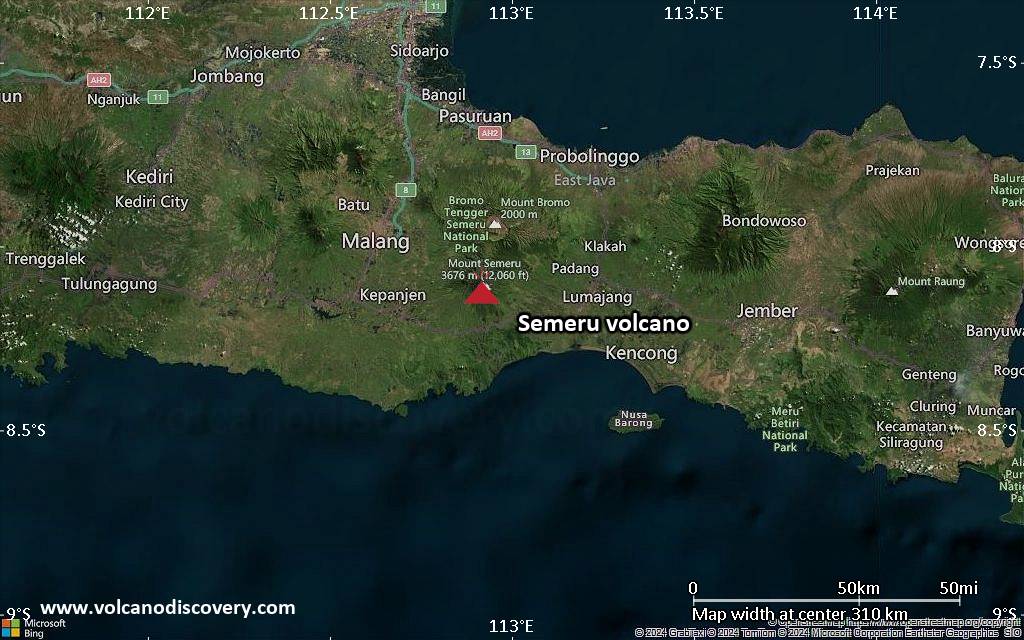RSS feed source: US Energy Information Administration
In-brief analysis
April 14, 2025
In our April Short-Term Energy Outlook, we forecast U.S. annual natural gas production from the Eagle Ford region in southwest Texas will grow from 6.8 billion cubic feet per day (Bcf/d) in 2024 to 7.0 Bcf/d in 2026. The increase in natural gas production comes as natural gas prices rise and demand for liquefied natural gas exports grows. Oil production in the Eagle Ford, on the other hand, has hovered around 1.1 million barrels per day (b/d) since 2020, and we forecast it will remain about the same through 2026.
This increase in natural gas production with stable oil production in the Eagle Ford region is a result of increasing gas-oil ratios. As more oil and natural gas are produced, pressure within the reservoir declines, allowing more natural gas relative to oil
Click this link to continue reading the article on the source website.


